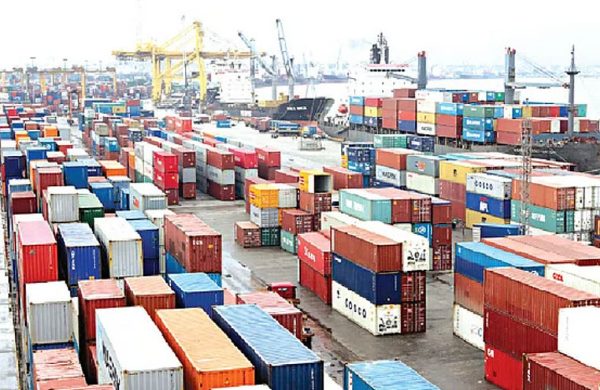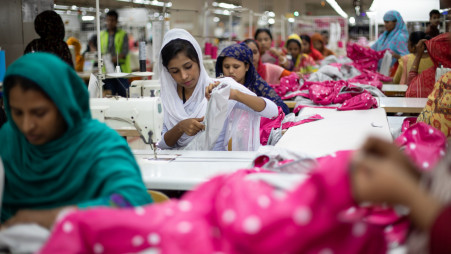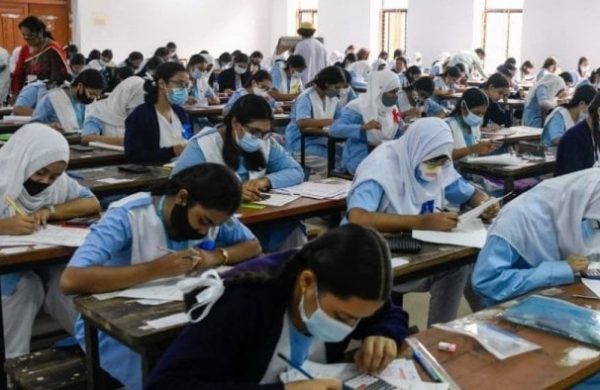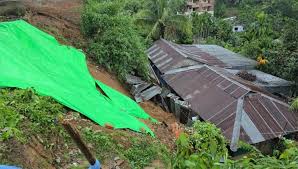Indian textile industry explores solutions for yarn exports to BD
- Update Time : Tuesday, April 29, 2025

TDS Desk:
Following the closure of three land ports between Bangladesh and India, India textile mills have been looking for alternative modes of transport.
They have also urged the Indian government to communicate with Bangladesh, as almost 30% of India’s yarn export travelled through land ports, says The Hindu.
At a recent meeting, Indian yarn exporters explored various alternative options such as shipping in containers, using inland waterways, etc. They also had meetings with buyers in Bangladesh.
“The problem in sending the goods in containers by sea is the lead time. Even now, 70% of the Indian yarn to Bangladesh goes by sea. Those who exported through land ports will also use the sea now. There are smaller ships that go from Kolkata. The possibility of sending in those ships needs to be explored,” said Siddhartha Rajagopal, executive director of the Cotton Textiles Export Promotion Council.
According to K. Selvaraju, secretary general of the Southern India Mills’ Association, nearly 45% of India’s yarn exports are to Bangladesh. India used to export over 100 million kg of yarn totally a month. Now, it is just about 90 million kg. China and Bangladesh were the main markets for Indian yarn. In recent years, China’s imports of Indian yarn have reduced substantially. If the 30% exports to Bangladesh are affected, the yarn will come for domestic consumption and bring down the prices. The domestic textile value chain will be impacted, says The Hindu.
Currently, textile mills in the northern States are affected because of the closure of the land ports. However, if the situation does not improve, the India’s entire textile spinning sector will be affected, he said.















